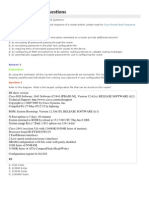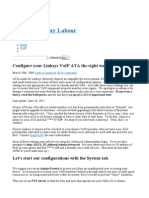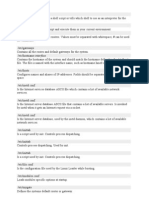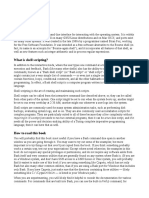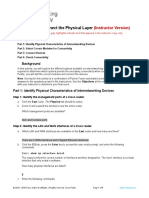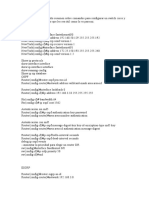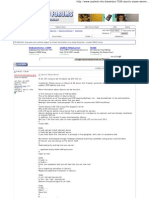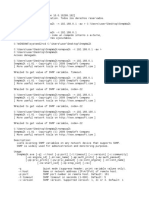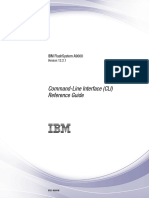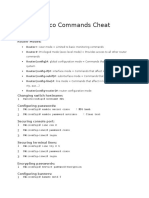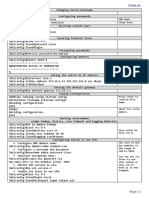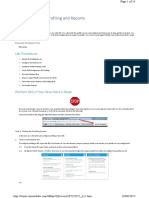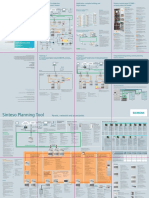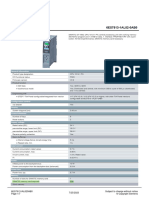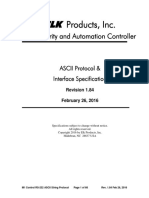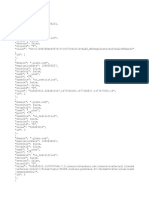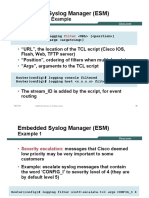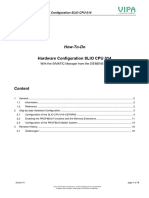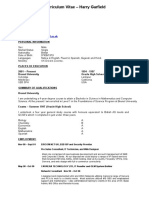0% found this document useful (0 votes)
153 views17 pagesCCNA Commands
The document provides a detailed cheat sheet covering Cisco commands for CCNA topics like router modes, configuring passwords, interfaces, VLANs, trunking, STP, port security, and more. It includes the commands to configure each topic and verify the configurations.
Uploaded by
ibrahimos2002Copyright
© © All Rights Reserved
We take content rights seriously. If you suspect this is your content, claim it here.
Available Formats
Download as DOC, PDF, TXT or read online on Scribd
0% found this document useful (0 votes)
153 views17 pagesCCNA Commands
The document provides a detailed cheat sheet covering Cisco commands for CCNA topics like router modes, configuring passwords, interfaces, VLANs, trunking, STP, port security, and more. It includes the commands to configure each topic and verify the configurations.
Uploaded by
ibrahimos2002Copyright
© © All Rights Reserved
We take content rights seriously. If you suspect this is your content, claim it here.
Available Formats
Download as DOC, PDF, TXT or read online on Scribd
/ 17




